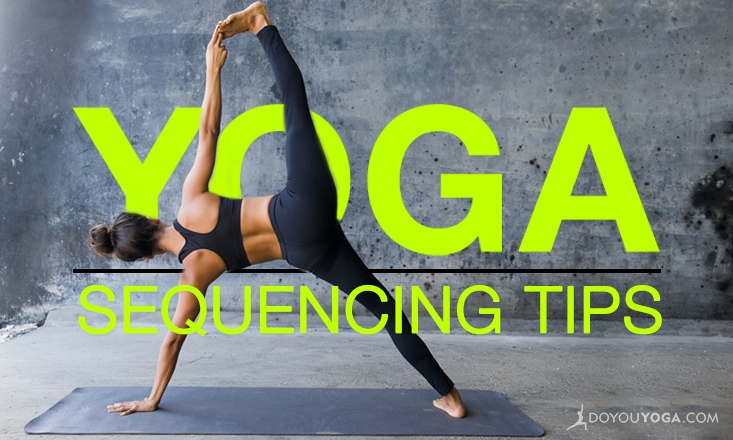Developing a critical eye for yoga sequencing is one of the best ways to help your clients move from Point A to B, but it can be a difficult skill to refine.
Having a critical eye means you understand both how the body can and should (and as a result, can’t and shouldn’t) move in postures, AND how to translate that information into your yoga sequencing knowledge to create postures, modifications, and sequences that are a great fit for your private client.
Sound Sequencing
Think of a string of pearls—each posture is a pearl on the string. The string, of course, is the sequence. Each pearl is its own entity, but together the pearls create something of greater value and beauty.
You can arrange the pearls however you’d like, but the more you focus on each individual pearl (and notice how they are shaped, sized, and maybe let’s pretend some of them even have different coloring that makes a pattern) the better you can place them on the strand.
There are arguably infinite arrangements for stringing the pearls, but with a critical eye you can arrange them in the most intelligent way—the same is true for sound sequencing.
Our critical eye helps us evaluate the pearl and the pose.
It also helps us deepen our knowledge of how the pose works and how it can problem-solve (lack of strength, tight muscle groups, etc.) and ultimately, how it can play into our larger goal of having a multi-dimensional sequence (and over time a symmetrical and freedom-filled body).
Developing a critical eye for yoga sequencing takes time. Here are some ways to build your critical eye muscle.
- Get in front of as many bodies as possible (this may mean group classes).
- Understand anatomy and how the body moves.
- Get familiar with range of motion.
- Know postures and their purpose, counter poses, and effects.
- Outline the commonalities in your clients (your niche), what chronic issues they have, and how to solve them.
- Know your signature sequencing style so you can approach these ‘problems’ with asana-based solutions.
- Work forward and backwards into poses—know how to build up to a pose and how to deconstruct or move deeper into it.
- Study the range of motion within the asana (to enter Leg Behind the Head for example, this does this, that does that, and so on).
- Learn indicators that determine someone’s effort in a pose and let that be an indicator and reading for you to measure.
- Don’t stop learning (or believing).
Like learning a new language, acquiring a new craft or trade skill, or mastering a specific time of cuisine, developing a keen critical eye for yoga sequencing takes discipline, study, and practice.
One thing is absolute—understanding what poses suit your clients when is a formula for their own success on their mat. And if that isn’t our intention as private yoga teachers—I don’t know what is.


